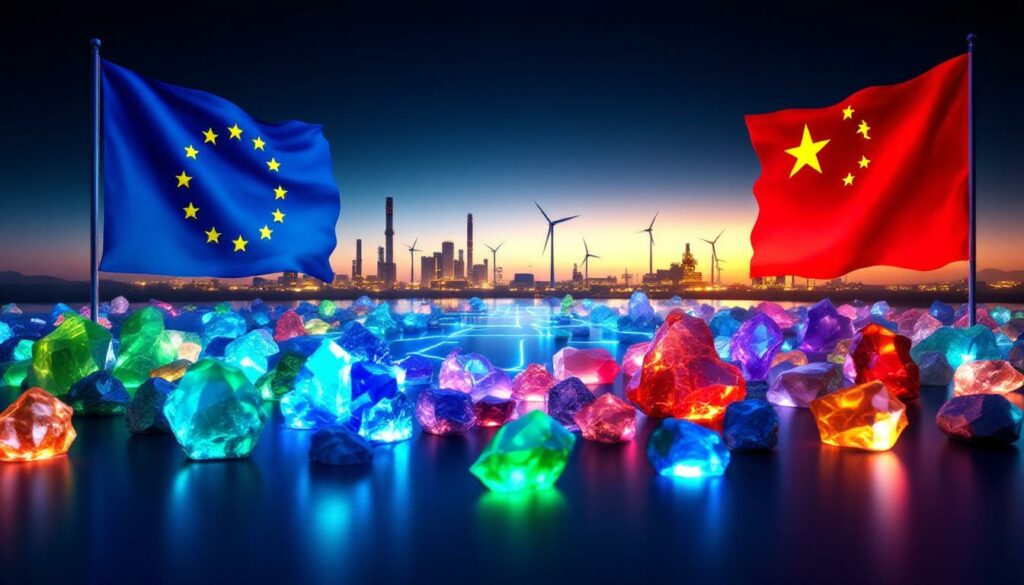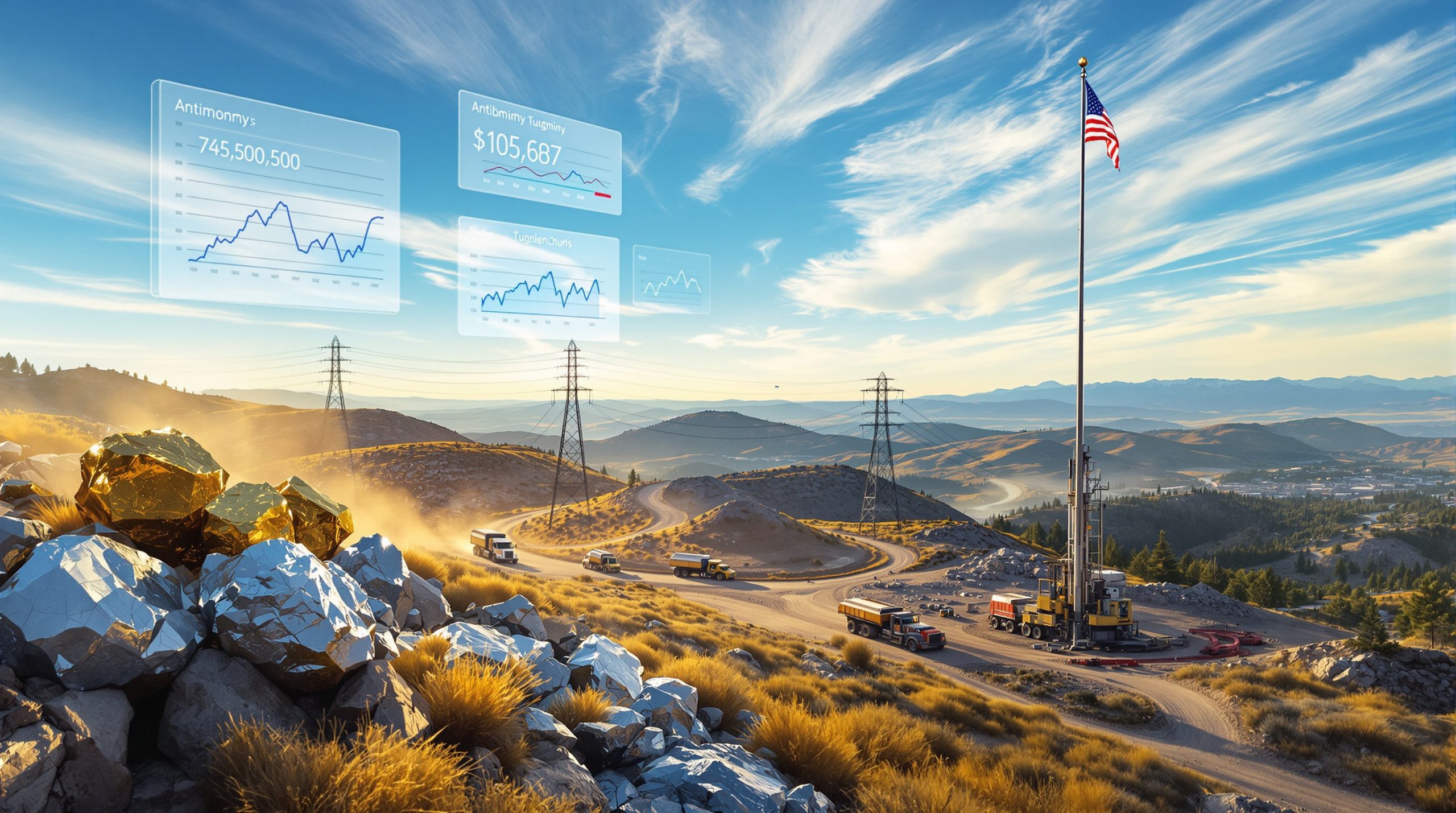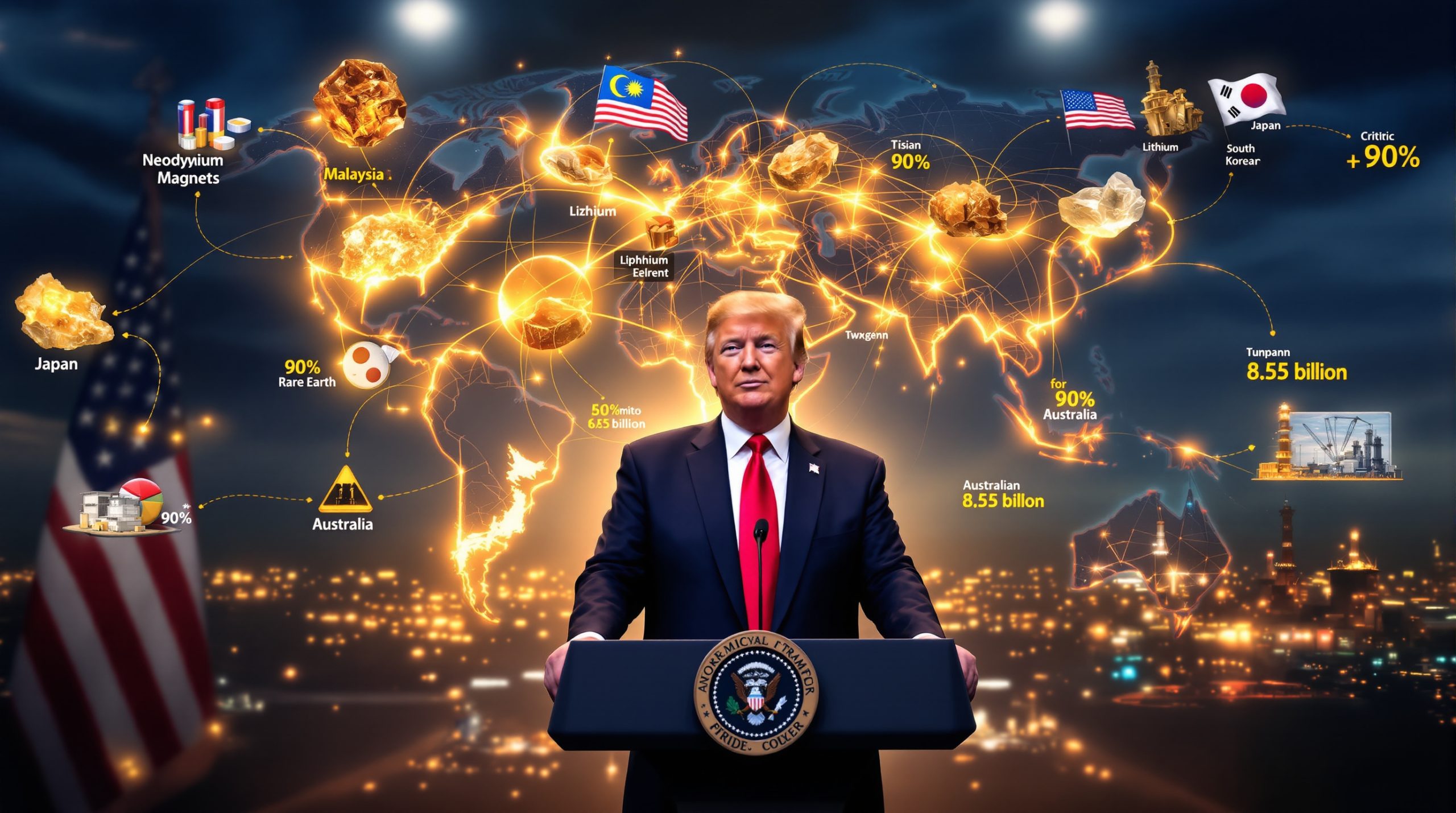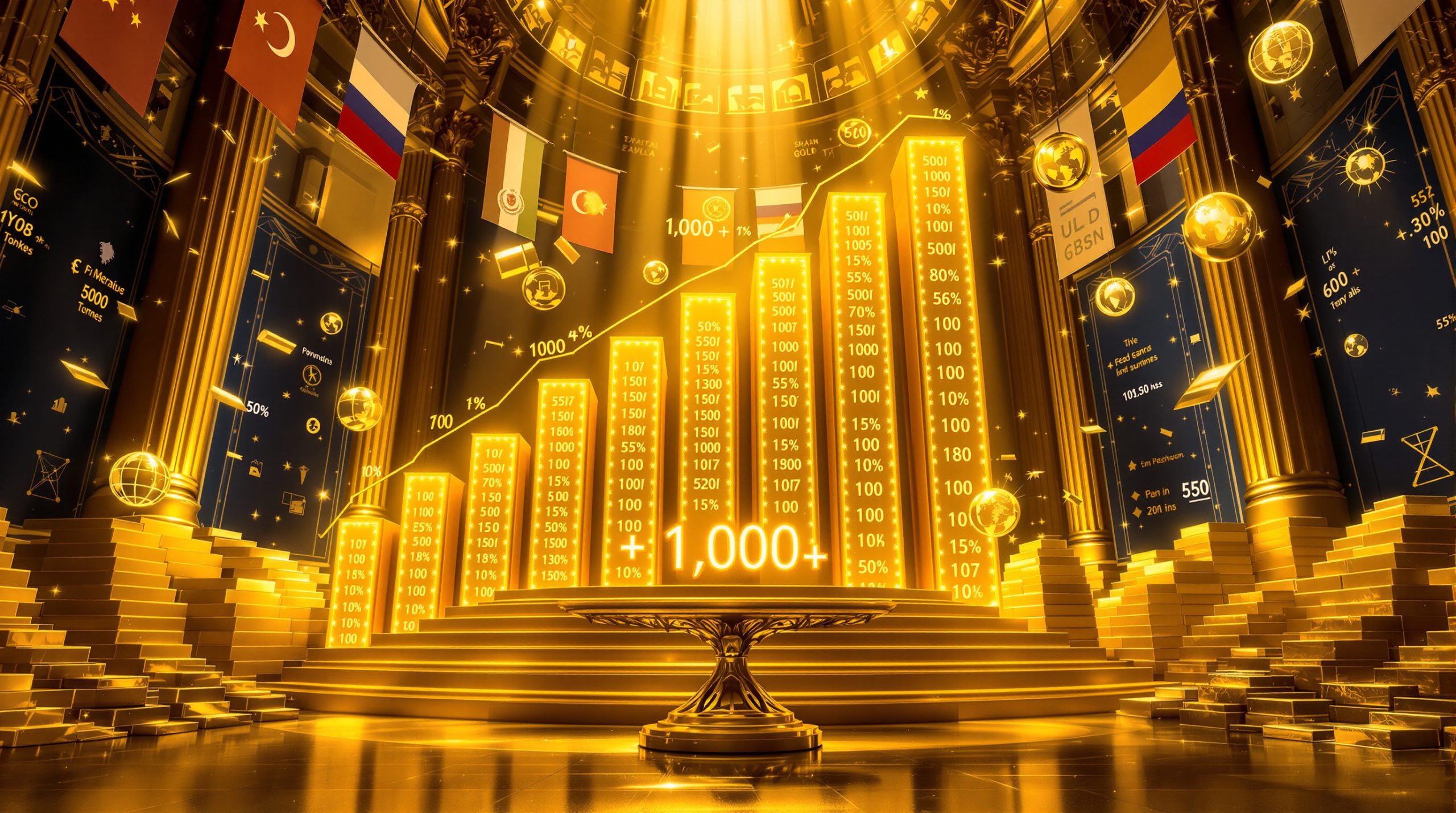What are Rare Earths and Why are They Important to the EU?
Rare earth elements comprise a group of 17 metallic elements that, despite their name, are relatively abundant in the Earth's crust. What makes them "rare" isn't their scarcity but rather the challenge of finding them in concentrations that make extraction economically viable. For the European Union, these elements represent far more than just industrial inputs—they form the backbone of strategic autonomy in a rapidly evolving technological landscape.
The Critical Role of Rare Earth Elements in Modern Technology
Rare earth elements serve as essential components in countless high-tech applications that power modern life. These minerals enable the miniaturization of electronics, the efficiency of green energy systems, and the precision of medical devices. Neodymium and dysprosium create powerful permanent magnets found in wind turbines and electric vehicle motors. Europium and terbium provide the vibrant colors in digital displays, while lanthanum enhances catalytic converters.
"Rare earth elements are the silent enablers of Europe's green and digital transitions, underpinning technologies that are essential for achieving climate neutrality and technological sovereignty." — European Commission, Critical Raw Materials Act documentation
For the EU, securing access to these materials directly impacts its ability to:
- Meet ambitious climate goals through renewable energy expansion
- Maintain competitiveness in high-tech manufacturing
- Ensure defense readiness with advanced military systems
- Develop independent technological capabilities in strategic sectors
The European automotive industry particularly relies on rare earth magnets, with each electric vehicle requiring approximately 1-2 kg of these specialized materials. Without reliable access, the EU's manufacturing capacity in this critical sector faces significant risk.
China's Dominant Position in the Global Rare Earth Supply Chain
China's near-monopoly on rare earth production and processing represents one of the most concentrated supply chains for any critical commodity. This dominance didn't happen by accident—it resulted from decades of strategic investment and policy prioritization.
While China maintains a "near monopoly on rare earth production" according to industry reports, its control extends beyond mining operations. The country has systematically developed expertise across the entire value chain:
| Supply Chain Stage | China's Global Share | EU Share |
|---|---|---|
| Mining production | ~60-70% | <1% |
| Processing capacity | ~85-90% | <5% |
| Magnet manufacturing | ~90% | <5% |
| Recycling capacity | ~55% | ~10% |
This concentration creates profound supply security concerns for European industries. When China implemented export restrictions on rare earth alloys, mixtures, and magnets in early 2025, European automakers immediately reported risks of production delays. The vulnerability exposed through these restrictions highlighted the EU's strategic dependency and galvanized attention ahead of high-level diplomatic engagements.
Why is Rare Earth Access a Priority for the EU-China Summit?
The upcoming EU-China summit has taken on heightened significance as rare earth access emerged as a focal point of tensions between the economic powers. What began as a trade dispute has evolved into a matter of strategic importance that threatens to disrupt critical European industries.
Recent Export Restrictions Heightening EU Concerns
The timeline of recent developments illustrates the rapid escalation of concerns:
- April 2, 2025: U.S. President announced significant tariffs on Chinese goods
- Early 2025: China implemented new export controls on rare earth alloys, mixtures, and magnets
- May 2025: China established a "green channel" for EU firms seeking rare earth export licenses
- June 2025: EU reported that less than 50% of "several hundred applications" showed signs of being processed
These export controls don't constitute an outright ban, but rather create bureaucratic hurdles that introduce uncertainty and delay into supply chains. The licensing requirements specifically target rare earth alloys, mixtures, and magnets—precisely the high-value processed materials most essential to European manufacturing.
"Even once the licence is given, delays can still be seen in customs clearances," noted Adam Dunnett, secretary general of the European Chamber of Commerce in China. This two-stage delay—first in licensing and then in customs—multiplies the disruption potential.
Economic Impact on European Manufacturing
The manufacturing sectors most vulnerable to rare earth supply disruptions represent cornerstone industries for the European economy:
- Automotive: Production delays threaten assembly lines, particularly for electric and hybrid vehicles
- Renewable energy: Wind turbine manufacturing faces potential component shortages
- Electronics: Consumer electronics and industrial controls experience supply uncertainty
- Defense: Military systems that rely on precision components face extended lead times
For European automakers, who had already faced pandemic-related supply chain challenges, these new restrictions create fresh bottlenecks. Industry analysts estimate that extended disruptions could potentially impact €5-7 billion in production value, though precise figures remain difficult to calculate amid rapidly changing conditions.
The situation has exposed Europe's strategic vulnerability in a critical minerals energy transition, bringing raw material security to the forefront of economic diplomacy. As one European automotive executive noted on condition of anonymity: "We're not just facing a parts shortage—we're confronting a fundamental reshaping of global industrial geopolitics."
What are the Key Issues at the Upcoming EU-China Summit?
The EU-China summit scheduled for July 24-25, 2025, in Beijing represents a critical juncture in the relationship between these major economic powers. As the event marks the 50th anniversary of diplomatic relations, both sides approach the table with distinct priorities and pressure points.
High-level Diplomatic Engagement
The European delegation will be led by Commission President Ursula von der Leyen and European Council President Antonio Costa, signaling the highest level of EU engagement. The summit structure includes:
- Separate meetings with President Xi Jinping
- Detailed negotiations with Premier Li Qiang
- Specialized working groups focusing on specific trade issues
- Commemorative events marking 50 years of relations
The selection of Beijing as the venue itself became a negotiation point, as Chinese President Xi declined to travel to Brussels. This venue shift represents what one EU official described as China "playing its cards very well" in establishing the diplomatic framework.
The rare earth access in the European Union and China summit sits within a broader context of trade tensions, security concerns, and competing visions for global governance. However, immediate economic impacts have elevated raw material access to unprecedented prominence in the diplomatic agenda.
EU's Specific Rare Earth Objectives
European negotiators are pursuing a three-tier approach to resolving rare earth access challenges:
- Near-term relief: Expedited processing of existing license applications
- Medium-term stability: Longer-term export licenses for rare earth materials
- Structural reform: Complete removal of license requirements for EU companies
Perhaps most critically, the EU seeks clear differentiation between European and American entities in China's export control regime. As ECIPE Director Hosuk Lee-Makiyama explained: "If China wants the EU equidistant between itself and the Trump administration, China's trade regimes cannot equate the US and Europe either."
This differentiation principle has emerged as a central theme across multiple negotiation tracks. The EU emphasizes its distinct approach to trade relations, arguing that European companies should not face collateral damage from U.S.-China tensions.
How has China Responded to EU Concerns about Rare Earth Access?
China's response to European concerns about rare earth access has been carefully calibrated—offering procedural concessions while maintaining strategic leverage. This approach reflects Beijing's broader strategy of demonstrating flexibility while preserving core advantages in critical supply chains.
The "Green Channel" Initiative
In May 2025, China's Ministry of Commerce announced the establishment of a dedicated "green channel" for EU firms seeking rare earth export licenses. This expedited licensing process was presented as a goodwill gesture recognizing the importance of EU-China trade relations.
The green channel promised:
- Prioritized review of EU company applications
- Streamlined documentation requirements
- Faster processing timelines
- Dedicated liaison officials
In theory, this mechanism would allow legitimate European industrial users to maintain access to essential materials while China maintained its broader control systems. The announcement was initially welcomed by European officials as a potential de-escalation.
Current Status of Export License Processing
Despite the promised efficiencies, implementation of the green channel has proven inconsistent. According to EU diplomatic sources, "out of several hundred applications, no more than half had shown signs of being processed" as of mid-June 2025.
Adam Dunnett, secretary general of the European Chamber of Commerce in China, provided a nuanced assessment: "The situation is improving, although the percentage of cleared licences does vary. Additionally, even once the licence is given, delays can still be seen in customs clearances."
This two-stage delay process—first in obtaining licenses and then in clearing customs—creates compounding uncertainties for European manufacturers. The inconsistent processing has led some analysts to question whether the green channel represents a genuine policy shift or merely a temporary public relations measure.
For European companies, these administrative hurdles translate into tangible business challenges:
- Inability to provide reliable delivery timelines to customers
- Higher inventory carrying costs to buffer against uncertainties
- Risk of production line stoppages if materials are delayed
- Potential loss of market share to competitors with more secure supply chains
As the summit approaches, the gap between promised processing improvements and actual outcomes has become a central point of contention in pre-meeting communications.
What Other Trade Tensions Exist Between the EU and China?
The rare earth dispute unfolds against a backdrop of broader trade tensions between the EU and China. These parallel conflicts both complicate and potentially enable resolution, as they create multiple negotiation tracks that could lead to comprehensive trade-offs.
Automotive Sector Disputes
The most significant trade friction centers on the electric vehicle sector, where the EU has imposed tariffs on Chinese imports over alleged unfair state subsidies. This action represents one of the most substantive trade protection measures taken by the EU in recent years.
European officials argue Chinese manufacturers benefit from:
- Direct government subsidies
- Preferential financing terms
- Subsidized energy costs
- Protected domestic market access
- Technology transfer requirements
Chinese officials counter that Europe's EV tariffs represent protectionism disguised as fair trade enforcement. The sensitivity of this dispute reflects the strategic importance of the automotive sector for both economic blocs, with the industry representing approximately 7% of the EU's GDP and employing over 14 million Europeans.
As a potential compromise, "China has expressed interest in replacing EU tariffs on Chinese EVs with minimum price commitments"—essentially a managed trade approach that would allow continued market access while addressing price dumping concerns.
Retaliatory Measures in the Food and Beverage Sectors
In response to the EU's automotive tariffs, Beijing has strategically targeted politically sensitive European exports:
- Anti-dumping measures on European brandy (primarily affecting France)
- Trade investigations into EU pork products (impacting multiple agricultural regions)
- Probes into dairy imports (affecting key agricultural producers)
These countermeasures demonstrate China's sophisticated understanding of Europe's political economy, targeting products with concentrated regional importance and strong lobbying influence. French cognac producers, for instance, have pressed their government to moderate the broader EU position.
Negotiations on the brandy import restrictions are reportedly in "final stages," though EU officials caution that "progress has been limited despite Chinese statements." This mixed messaging illustrates the complex signaling game playing out ahead of the formal summit.
The interwoven nature of these disputes creates both challenges and opportunities. Each conflict adds complexity, but also provides potential bargaining chips for an eventual comprehensive agreement.
What Challenges Face the EU in Negotiating with China?
The European Union faces a complex set of challenges as it prepares for negotiations with China, ranging from diplomatic protocol complications to the pressures of simultaneous negotiations with the United States. These factors constrain the EU's options while potentially providing leverage points.
Diplomatic Protocol Complications
The summit location itself became a negotiation point when China indicated President Xi would not travel to Brussels. This venue change represented an early diplomatic victory for China in establishing the terms of engagement.
The protocol implications extend beyond symbolism:
- Host country advantages in controlling the meeting environment
- Reduced European media presence and public visibility
- Logistical challenges for the European delegation
- Limited ability to showcase EU unity on home territory
As one EU official observed, China was "playing its cards very well" in these preliminary arrangements. The comment reflects a broader recognition that China approaches these negotiations with significant structural advantages, including greater centralization of decision-making and longer strategic planning horizons.
The protocol dynamics also reflect deeper asymmetries in the relationship. While the EU represents China's largest trading partner, China maintains greater leverage through its more diversified export markets and control of critical supply chains.
Competing Priorities with US Trade Relations
The EU faces a July 9, 2025, deadline to secure trade agreements with the United States—a timeline that creates complex pressures on European negotiators balancing Western alliance considerations against Chinese interests.
This timing creates a multi-dimensional challenge:
- The U.S. may condition tariff moderation on the EU taking a harder stance toward China
- European industries face potential double exposure to both U.S. and Chinese trade restrictions
- Internal EU divisions exist between member states with different economic exposure to China
- Third-country competitors could benefit if the EU fails to secure favorable terms from either power
The EU's strategic position is further complicated by its desire to maintain an independent trade policy while preserving transatlantic cooperation. As ECIPE Director Hosuk Lee-Makiyama noted, this requires China to recognize Europe's distinct position: "If China wants the EU equidistant between itself and the Trump administration, China's trade regimes cannot equate the US and Europe either."
This negotiating environment requires European diplomats to pursue multiple tracks simultaneously while maintaining a coherent overall strategy—a challenge complicated by the EU's consensus-based decision-making on trade policy.
What are the Potential Outcomes of the EU-China Summit?
As the EU-China summit approaches, several potential outcomes have emerged based on pre-meeting signals and historical negotiation patterns. While precise predictions remain difficult, the contours of possible agreements are becoming clearer.
Possible Rare Earth Concessions
China may offer improved access to rare earth materials for European industries, though experts anticipate significant limitations:
- Concessions likely focused on civilian applications rather than defence critical materials strategy
- Preferential processing for industries aligned with China's own development goals
- Maintenance of licensing requirements with process improvements rather than elimination
- Potential quota systems that provide predictability while maintaining Chinese control
Industry analysts expect these concessions to come "at the last minute" as China maximizes its negotiating leverage. This timing pattern has characterized previous high-stakes negotiations, allowing Chinese officials to extract maximum concessions while presenting their own compromises as major conciliatory gestures.
The EU's primary objective—securing differentiated treatment from the United States in China's export control regime—may prove the most attainable outcome. This approach would allow China to maintain its broader strategic posture while acknowledging Europe's distinct relationship.
"Any resolution will likely maintain China's underlying advantages in the rare earth supply chain while providing enough relief to prevent European manufacturers from accelerating alternative sourcing efforts," notes an industry consultant specializing in critical minerals.
Electric Vehicle and Brandy Dispute Resolution Prospects
Parallel negotiations on automotive and spirits trade could yield complementary agreements that allow both sides to claim victories:
- China has proposed replacing EU tariffs on Chinese EVs with minimum price commitments
- Negotiations on brandy import restrictions are reportedly in "final stages"
- Pork and dairy investigations might be suspended pending further consultations
However, EU officials have cautioned that "progress has been limited despite Chinese statements," suggesting that significant gaps remain. The structure of any compromise will likely involve mutual concessions across multiple sectors rather than isolated resolutions of individual disputes.
The challenge for European negotiators lies in securing tangible short-term benefits while preserving long-term strategic interests. Any agreement that simply delays inevitable confrontations over industrial policy differences would represent a pyrrhic victory.
Both sides face domestic pressures to demonstrate resolve, yet both also recognize the economic costs of prolonged conflict. This tension creates a narrow but viable path toward pragmatic compromise.
How is the Global Rare Earth Market Evolving Beyond China?
The current rare earth supply chain challenges have accelerated global efforts to develop alternatives to Chinese dominance. These initiatives represent both strategic hedging and commercial opportunities, though significant hurdles remain.
Challenges in Developing Alternative Supply Chains
The development of non-Chinese rare earth supply chains faces multifaceted challenges:
- Technical complexity: Rare earth processing requires specialized knowledge and equipment
- Environmental concerns: Processing creates significant waste management challenges
- Economic viability: New operations must compete with established Chinese producers
- Vertical integration: Creating complete supply chains requires coordinated investment
- Regulatory uncertainty: Evolving environmental and trade policies complicate planning
Western processing capabilities remain years away from commercial viability at meaningful scale. While mining operations exist in multiple countries, the separation and processing capabilities—where the highest value is created—remain overwhelmingly concentrated in China.
The most promising alternative developments include:
- Australia's Lynas Rare Earths: Expanding Malaysian processing while developing U.S. facilities
- MP Materials (USA): Developing domestic processing capabilities beyond mining
- European Raw Materials Alliance: Coordinating EU-wide investments in processing
- Japan's JOGMEC: Supporting rare earth recycling and urban mining initiatives
Despite these efforts, industry experts describe reducing dependency on China as a "long, hard process" that will require sustained investment and policy support. The economics remain challenging, with new entrants facing higher capital costs and stricter environmental regulations than established Chinese producers.
Strategic Implications for EU Industrial Policy
The rare earth situation has significant implications for the EU's broader industrial strategy:
- **[EU critical materials facility](https://discoveryalert.com.au/news/
Want to Be Ahead of the Next Major Mineral Discovery?
Discover why significant ASX mineral discoveries can generate substantial returns by exploring Discovery Alert's dedicated discoveries page. Get real-time alerts powered by the proprietary Discovery IQ model and gain a market-leading edge with your 30-day free trial today.




